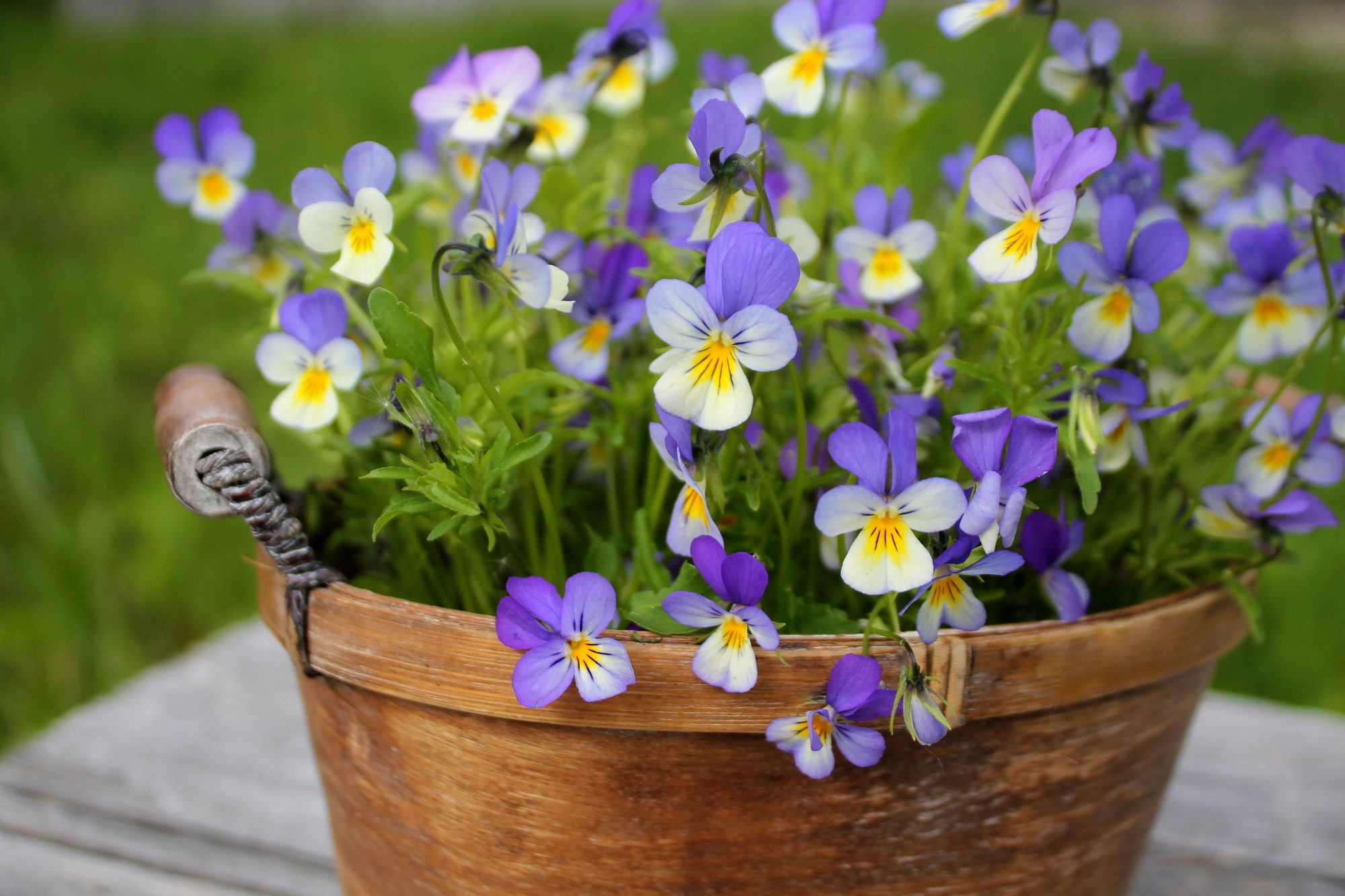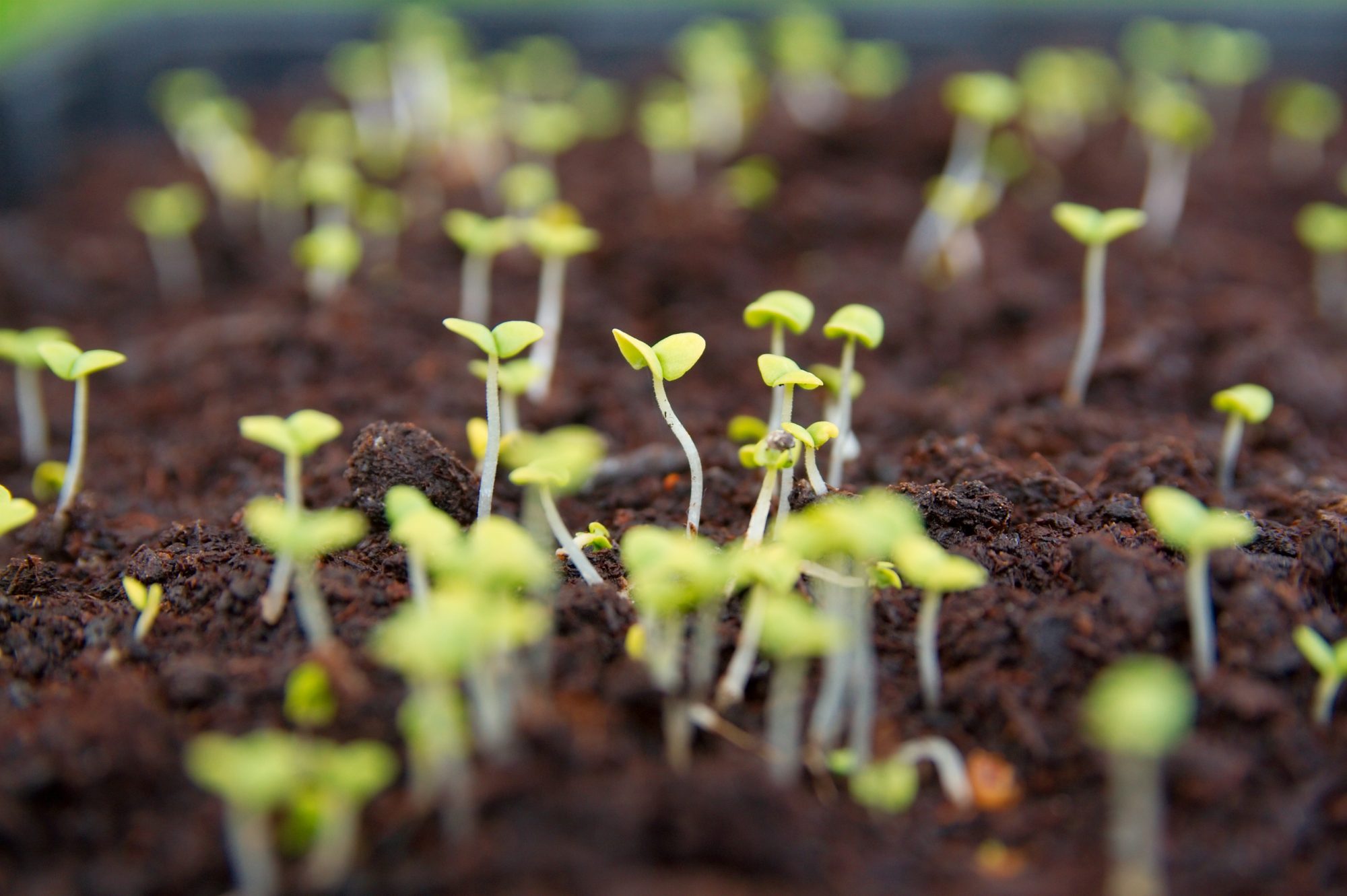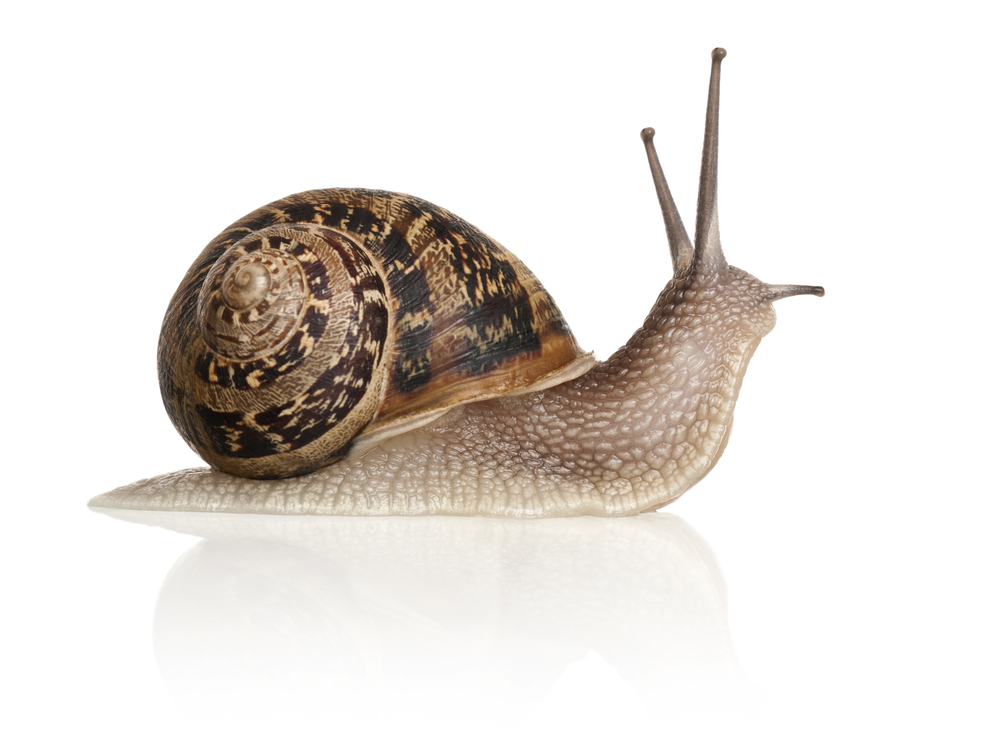Spring into the garden
Now’s the time to get the best out of your plot, however, writing this piece at the beginning of January, it’s difficult to forecast how soon spring will appear or if we’re going to get another cold spell like we did before Christmas. So be sure to adjust your plans to suit the weather conditions.

As the weather becomes hopefully milder, you can get back out into the garden and really get into the swing of things. Weed and clean borders, then apply a general-purpose fertilizer before you add any mulches of compost or well-rotted manure. If you have any lime-hating (ericaceous) plants, such plants as camellias, rhododendrons and azalea, make sure you use an ericaceous fertilizer as they require extra trace elements.
Flower power
Dead-head bulbs, particularly daffodils, leaving the green foliage on to send nutrients back to the bulb, then top-dress with fertilizer; this should guarantee a good display of flowers next year. Remember to dead-head spring flowering bedding plants as well to encourage more flowers. If it’s been damp, keep an eye on your pansies and violas, as they can develop black leaf spot at this time of year – remove and dispose of the worst affected leaves. Spring is the ideal time to split snowdrops into smaller clumps.
Many of the summer flowering bulbs and tubers can be planted outside as the weather warms up – lilies, canna, pineapple flower and summer snowflakes. Always plant lily bulbs on their side so that water doesn’t lie in the scales and cause them to rot. Lilies, especially the newer tree lilies, benefit from being started off in pots and planted outside once growing strongly. They don’t reach their full potential in height for a couple of years, but they’re well worth the wait. Dahlias should be started off in pots inside, then planted out once the danger of frosts has receded. To increase the number of plants, try taking cuttings from tubers when the growth is around 10cm long – they root very easily. Begonias should be pressed gently into potting compost, curved side down – never completely covered, water and keep on a light sunny windowsill or in a heated greenhouse.
Garden care
Remove any old growth from perennials and divide if required. Put in stakes, canes and plant supports before they get too tall and flop over. Slugs and snails love young herbaceous shoots, especially in damp conditions. Use a deterrent to prevent the wholesale slaughter of your plants – every gardener has their own choice, whether homemade or shop-bought, and there are some good, safe options on the market now.
Rose pruning should be finished now; once the new growth has several sets of complete leaves open, start spraying them fortnightly against black spot, mildew and aphids, ideally with one of the combined products specifically aimed at roses such as Roseclear.
As the weather becomes increasingly mild, thoughts start turning to the lawn. If your lawn is anything like mine, it’s sure to have plenty of moss in it. I recommend MO Bacter to help combat the problem. This is a slow-release organic fertiliser for lawns, which now carries the RHS logo on the bag. It feeds the lawn over a 12-week period and contains bacteria which are naturally found in the soil and which when added to fertiliser will consume material like thatch and moss, making it unnecessary to rake or scarify after treatment. It’s been used on our own domestic lawns and we’ve found it to be an excellent product.
Alternatively, use products such as Evergreen Complete which contain a feed, weed-killer and moss-killer in one product. Once the moss has died and gone black it can be raked out. Remember the golden rule with lawns: never rake moss out while it’s still alive, you’ll just spread it everywhere. Aerate the lawn with a fork or spikes on shoes to improve drainage. Any bare patches can then be reseeded. Feed regularly throughout the growing season.

Plot to plate
Annual herbs can be sown now – fennel, parsley, savoury, dill all need replenishing every year. Perennial herb varieties can also be planted; remember to water and feed regularly so you can keep cropping throughout the year. Softer varieties such as basil and coriander can be grown on the kitchen windowsill – handy for using when cooking.
Become a weather watcher! Look out for late frosts if you’ve got potatoes in tubs with plenty of leaf growth – always protect at night. Sow your first and second early potatoes followed by maincrops, again watching out for late frosts once the foliage appears.
Carrots, celery, beetroot, leeks, onions, broad beans and lettuce can all be sown or planted outside during April. Sow at regular intervals to give a steady supply of vegetables.
Plug plants are now appearing in garden centres – pot them up into larger pots and keep them warm and in a sunny position. Don’t be tempted to leave them outside quite yet – the end of May is quite soon enough.
Happy gardening!






